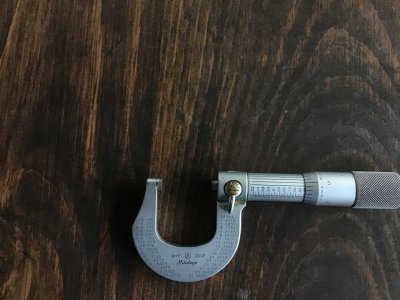- Joined
- Apr 8, 2021
- Messages
- 138
Thanks for your answers and help.
I´m from Spain (I´m learning english, excuse me if I make mistakes) and here the DIY culture is not very popular, so if I want second hand tools I have to buy in other countries, so the shipping cost a lot.
I have done some research and the INSIZE brand seems good and they are not cheap (around 40-50 $) so I think is a good choice. The ones of 0,001mm aren't much more expensive so I'll buy those.
And a good test indicator of 0,01 because I don't want to be crazy with the needle.
And I'll have to sell the car!! Always the same, you start looking for a specific tool and you ended buying a lot. Later will come the rest for the indicator to use in the surface plate, but meanwhile I'm going to make one.
I´m from Spain (I´m learning english, excuse me if I make mistakes) and here the DIY culture is not very popular, so if I want second hand tools I have to buy in other countries, so the shipping cost a lot.
I have done some research and the INSIZE brand seems good and they are not cheap (around 40-50 $) so I think is a good choice. The ones of 0,001mm aren't much more expensive so I'll buy those.
And a good test indicator of 0,01 because I don't want to be crazy with the needle.
And I'll have to sell the car!! Always the same, you start looking for a specific tool and you ended buying a lot. Later will come the rest for the indicator to use in the surface plate, but meanwhile I'm going to make one.


